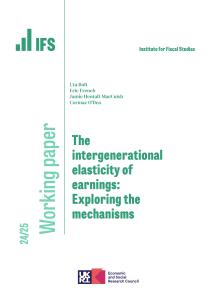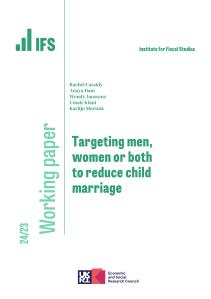Higher interest rates increase the expected government cost of financing the student loan system in England by more than £10 billion per year, new analysis by researchers at the Institute for Fiscal Studies shows.
In recent years, the government’s borrowing costs have always been lower than the interest rates it expected to charge on student loans. This has now changed. Yields on gilts (government bonds) have risen substantially over the past two years and are now higher than expected RPI (Retail Prices Index) inflation, which will determine the interest rate on newly issued student loans. As a result, as well as making a loss on the loans that are not repaid, the government can now also expect to make a loss on loans that are fully repaid.
This is not reflected in either of the government’s official measures of the cost of student loans. They do not capture that the government can now expect a large total net loss of more than £7 billion per year on new student loans, when it could expect a total net gain of more than £3 billion if government borrowing costs were what they were two years ago.
Ben Waltmann, a Senior Research Economist at the Institute for Fiscal Studies, said:
‘Substantial interest rate increases have major consequences for the cost of funding student loans. While the government was always going to lose money on the fraction of loans that aren’t repaid in full, it could previously expect to make a profit on the loans that are. This is because it expected to charge a higher interest rate on the loans than its own cost of borrowing. Now it can expect to make a substantial loss even on the loans of graduates who pay them back, because the interest rate on government debt is much higher than the interest rate that is expected to be charged on student loans.
‘Worryingly, this extra cost due to higher borrowing costs is not reflected in the government’s measures of the cost of student loans. This means that the loss of more than £10 billion per year is not being captured in official figures.’











